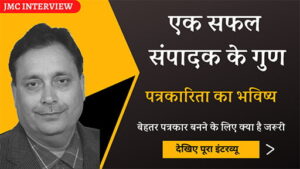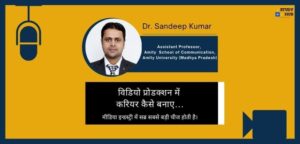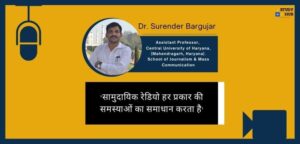Find out the correct chronological order of following newspapers:
(A) The Times of India – The Hindu – Indian Express – The Telegraph
(B) The Hindu – Indian Express – The Times of India – The Telegraph
(C) The Telegraph – The Times of India – The Hindu – Indian Express
(D) The Hindu – The Times of India – The Telegraph – The Indian Express
Correct Ans: (A)
Explanation:
To understand the evolution of Indian newspapers, it is essential to explore their chronological order. This journey through their publication timelines sheds light on the historical context and growth of journalism in India. Let’s delve into the timeline.
- The Times of India (1838): First and foremost, this iconic newspaper started as “The Bombay Times and Journal of Commerce.” Over time, it grew into one of India’s most influential English-language newspapers. Its early establishment marks a significant milestone in Indian journalism.
- The Hindu (1878): Following the establishment of The Times of India, The Hindu emerged in Chennai as a weekly. Notably, it became a platform for voicing concerns about British colonial policies and eventually evolved into a daily newspaper with wide readership.
- Indian Express (1932): Later, the Indian Express was founded in Chennai. It stood out as a voice for freedom and transparency in journalism. Over the years, it became synonymous with investigative reporting and fearless journalism.
- The Telegraph (1982): Finally, The Telegraph entered the scene as a relatively modern publication based in Kolkata. Its focus on progressive reporting and contemporary design made it popular, especially among the younger generation.
In conclusion, the order reflects the progressive development of journalism in India. From The Times of India to The Telegraph, these newspapers played pivotal roles in shaping media history, each contributing uniquely to the country’s socio-political landscape.














